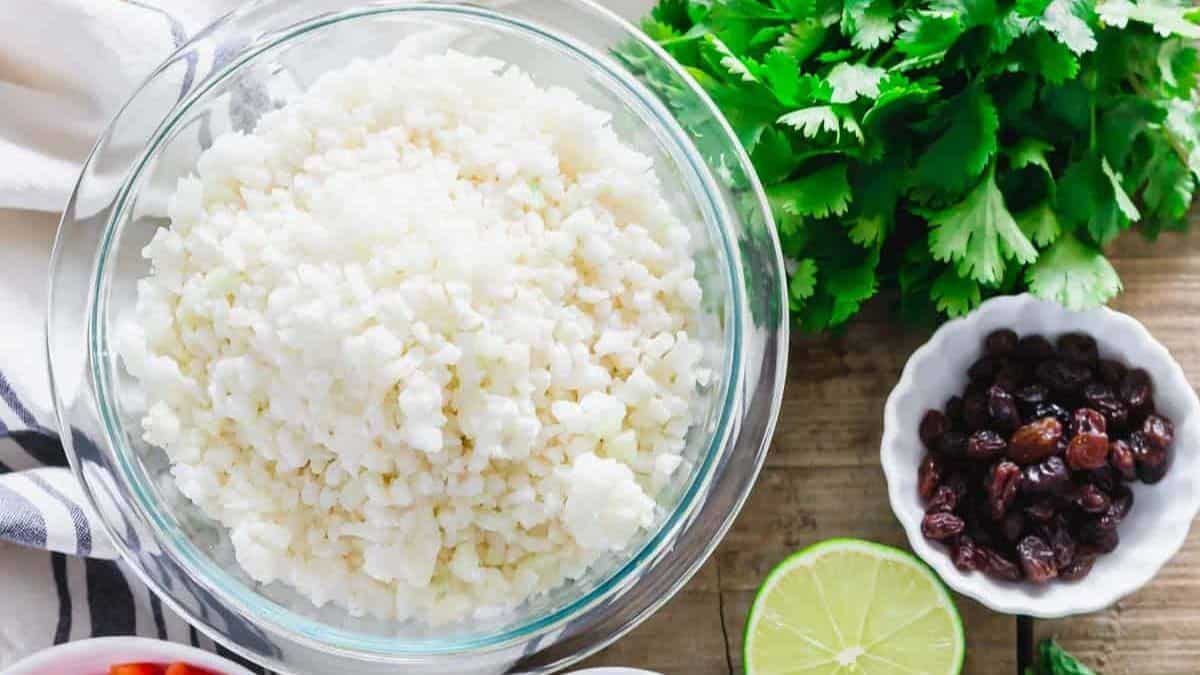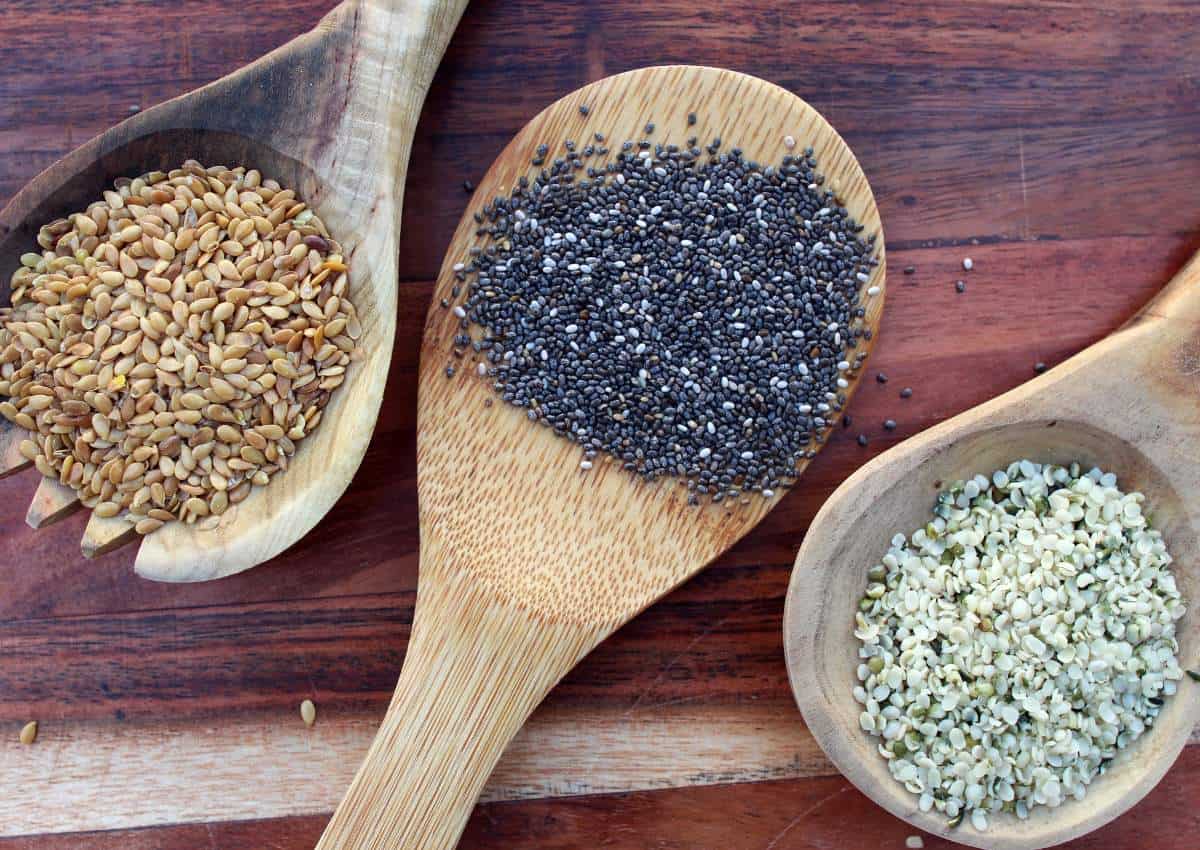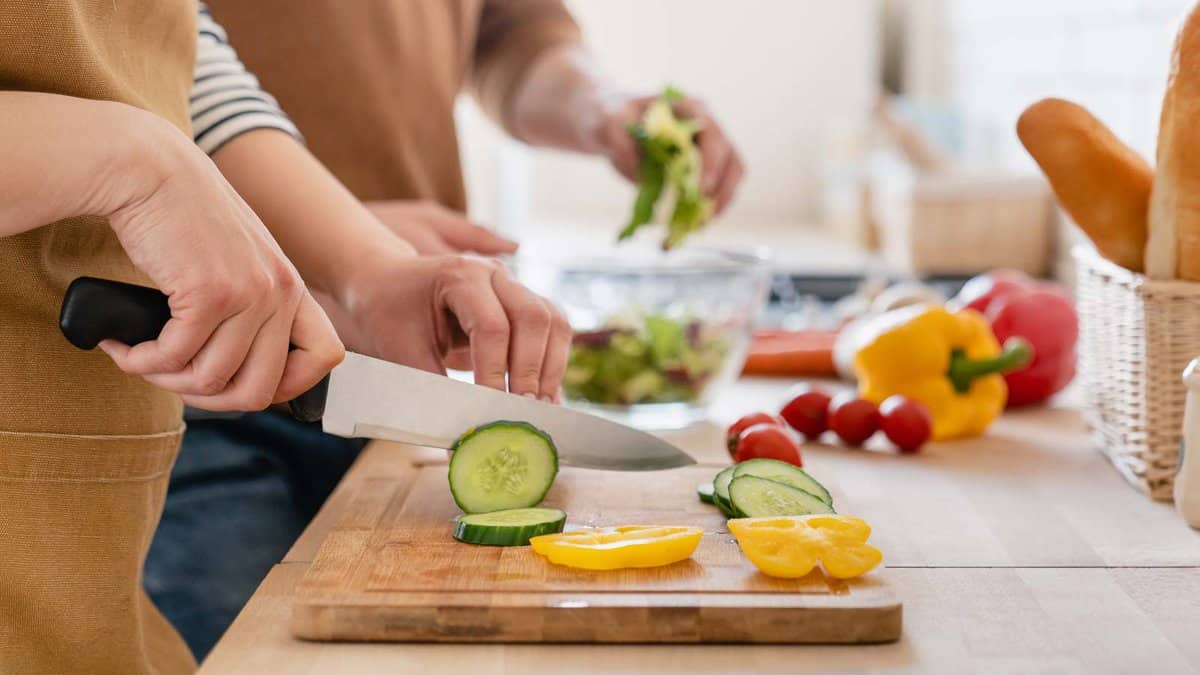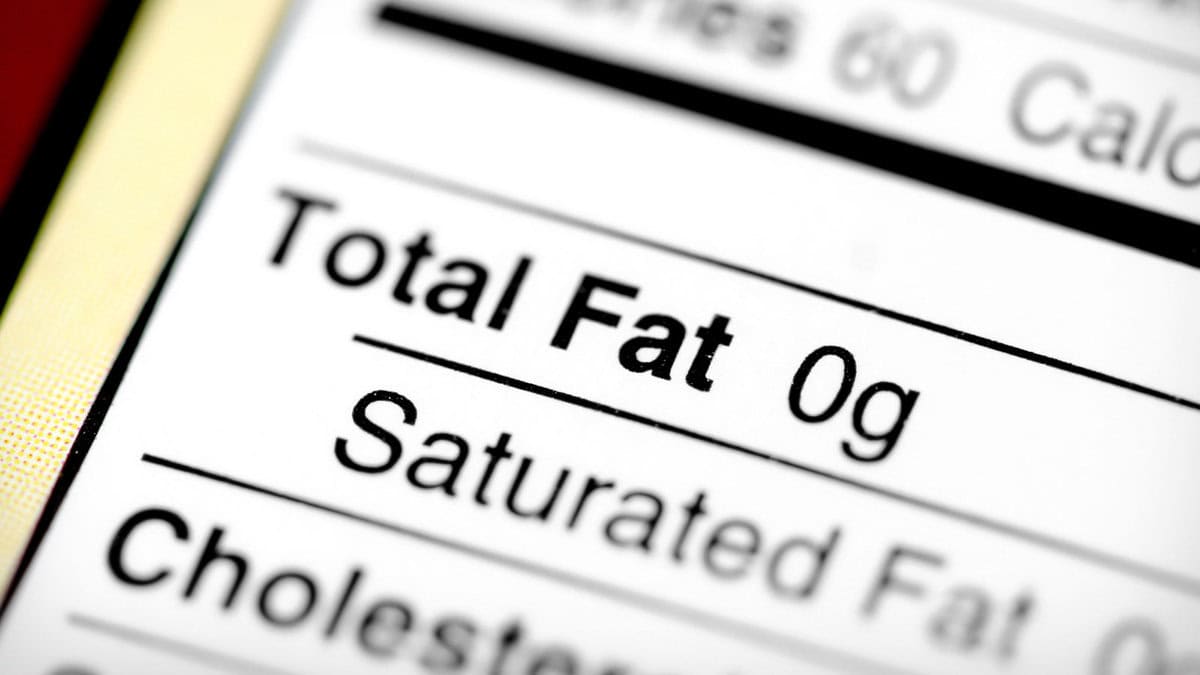Comfort food can be rich, heavy, and hard to resist. But it doesn’t always have to come with that weighed-down feeling after the fact. With a few simple changes, you can keep the familiar flavors you love and make them work a little better for your everyday routine. These adjustments don’t require big commitments or complicated planning. They’re straightforward ways to make comfort food feel just a little lighter without losing what makes it worth craving.

Use Greek Yogurt Instead of Sour Cream

Greek yogurt works well as a sour cream replacement because it brings a similar texture and tang but adds extra benefits like protein and probiotics. It’s a simple swap you can make in baked potatoes, dips or even baked goods without throwing off the recipe. You’ll still get that rich, creamy bite, but with more nutrition in every spoonful.
Sneak in Veggies

Adding finely chopped or blended vegetables to meals like sauces, soups or casseroles is one of the easiest ways to increase nutrition without drawing attention. Zucchini, spinach and carrots disappear into dishes but add fiber and vitamins that make a real difference. It’s a low-effort way to make comfort food work a little harder for your health.
Try these banana zucchini muffins – kids love them too!
Opt for Whole Grain Pasta

Whole grain and legume-based pastas give you more fiber and nutrients without changing the meal too much. They still hold up in sauces and casseroles, but you get a steadier source of energy and more nutrition per serving. Switching out your regular pasta here and there is a small step that can add up over time.
Red lentil pasta is great for added protein and fiber that regular pasta can’t compare to.
Bake Instead of Fry

Baking food instead of frying cuts down on added fat and oil while still giving you a crisp, golden finish. Fries, chicken tenders and even onion rings come out just as crisp with the help of your oven or air fryer. It’s an easy change that keeps the texture people love without relying on deep frying.
Some air fryer favorites include:
Use Avocado Instead of Butter

Mashed avocado works surprisingly well in baked goods where you’d usually use butter. It adds moisture and brings in heart-healthy fats without altering the recipe too much. Try it in muffins, brownies or even cake and you’ll barely notice the difference.
Choose Leaner Meats

Using lean cuts like chicken breast or ground turkey instead of fatty beef or pork keeps your protein high and your fat intake lower. These swaps still bring plenty of flavor, especially when seasoned well, but support a healthier balance in meals you already make.
Swap Heavy Cream with Milk

Heavy cream isn’t the only way to get that creamy consistency. Using regular milk or a thicker option like evaporated milk can give soups and sauces the texture you want without adding unnecessary saturated fat. For thickening, cornstarch or blended veggies can also do the job.
Reduce Sugar with Applesauce

Applesauce brings natural sweetness and moisture to baked goods and lets you scale back on added sugar without giving up flavor. It works best in cakes, muffins and quick breads where it blends in easily and adds a little nutritional boost.
Add Beans to Meat Dishes

Mixing beans into ground meat recipes like burgers, tacos or chili is an easy way to add fiber, plant-based protein and a more filling texture. Beans help stretch the meal and reduce the amount of meat needed, which can support both your health and your grocery bill. My favorite meal to do this with is salsa verde chicken.
Use Cauliflower as a Substitute

Cauliflower makes a useful stand-in for rice, mashed potatoes and even pizza crust when you want to cut back on heavy starches. It holds flavor well and blends into dishes without overpowering them, which makes it an easy way to lighten up classic comfort foods.
Add Flaxseed or Chia Seeds

Stirring in flaxseed or chia adds omega-3 fats, fiber and protein to recipes without changing the flavor. You can add them to smoothies, baked goods, yogurt or even pancake batter. These tiny additions help round out meals in a way that’s practical and easy.
10 Ways Your Cooking Habits Are Making You Sick

We all enjoy a good home-cooked meal, but sometimes our kitchen routines can work against us. Without even realizing it, certain habits might be putting our health at risk. It’s not just about what you cook, but how you cook it. Things you do every day might be the culprit but the good news is they’re easy enough to identify and change once you know.
Read it Here: 10 Ways Your Cooking Habits Are Making You Sick
10 Reasons Why You Should Ditch Low-Fat Foods

Remember when the low-fat craze was all the rage? Everyone was swapping out their regular foods for low-fat versions, thinking it was the key to a healthier life. Turns out, that trend has been pretty debunked. Experts now say that those low-fat foods often come with hidden sugars and other issues that can be worse for you. Let’s dive into why low-fat options might not be the best choice after all and what you’re really missing out on. If you’re still thinking that grabbing the low-fat version of your favorite packaged food is the better choice, think again.
Read it Here: 10 Reasons Why You Should Ditch Low-Fat Foods
*Select images provided by Depositphotos.
Gina Matsoukas is an AP syndicated writer. She is the founder, photographer and recipe developer of Running to the Kitchen — a food website focused on providing healthy, wholesome recipes using fresh and seasonal ingredients. Her work has been featured in numerous media outlets both digital and print, including MSN, Huffington post, Buzzfeed, Women’s Health and Food Network.








